In the constantly evolving marketing world, one aspect remains a consistent cornerstone of a brand’s success: imagery. With the rise of digital media and a culture increasingly driven by visual content, the images a brand chooses to represent itself can significantly influence the perception and engagement of its audience. This blog post explores the concept of visual brand analysis, detailing how imagery can shape public perception and offering tangible examples, insights, and statistics to underscore the importance of this crucial facet of branding.
What is Visual Brand Analysis?
Visual brand analysis involves examining the visual elements that make up a brand’s Identity -—its logo, color scheme, typography, imagery, and design style. It investigates how these elements work together to convey a brand’s personality, values, and message and how they impact the brand’s perception among its target audience.
Studies show that humans process images 60,000 times faster than text, proving the adage that a picture is indeed worth a thousand words. This fact underscores the importance of visual branding and visual brand analysis.
The study “The Face of the Brand: How Art Directors Understand Visual Brand Identity” interviews 15 seasoned art directors who share their invaluable insights on the essence of a brand’s visual Identity, who defined visual brand identity as a brand’s universal look and feel, encompassing visual elements that stand the test of time. These elements collectively shape the brand’s unique Identity, from logos and typography to color schemes and layouts. The art directors emphasize that an “ownable” visual identity is distinctive and instantly recognizable, providing a powerful foundation for evoking desired brand meanings.
Visual Identity serves several critical functions in the context of a brand and its marketing strategy:
- Brand Recognition: Visual Identity helps in establishing brand recognition. By consistently using the same visual elements, such as logos, color schemes, typography, and design style, companies can ensure that their brand becomes easily recognizable to customers.
- Differentiation: A distinctive visual identity sets a brand apart from its competitors. It helps create a unique impression that separates your company from the rest, giving you a competitive edge.
- Brand Personality and Values: Visual Identity can convey a brand’s personality and values. For example, a brand that uses bold, vibrant colors might be seen as energetic and creative, while a brand that uses a minimalist design might be perceived as sophisticated and modern.
- Brand Loyalty and Trust: Consistency in visual Identity builds trust among customers. When a company’s visual elements remain consistent across all platforms and points of contact, it sends a message of reliability and professionalism, which can foster loyalty among customers.
- Emotional Connection: Visual Identity can create an emotional connection with the audience. Colors, images, and designs can evoke certain feelings and associations, helping attract and retain customers on an emotional level.
In essence, the purpose of a visual identity is to create a cohesive and consistent image that represents a brand’s essence, communicates its values, and resonates with its target audience.
What are the elements of Visual Identity?
Visual Identity refers to the visual elements that represent and communicate the brand or Identity of a company, organization, or individual. These elements work together to create a cohesive and recognizable visual identity. The key elements of visual Identity typically include:
- Logo: The logo is a unique and distinctive symbol or mark representing the brand. It is often the most recognizable element of a visual identity and serves as a visual representation of the company or organization.
- Color Palette: A specific set of colors is chosen to represent the brand consistently across various applications. The color palette usually includes primary and secondary colors and any supporting colors. These colors evoke specific emotions and contribute to the overall brand personality.
- Typography: The selection and use of specific fonts or typefaces play a crucial role in visual Identity. Typography defines the style and appearance of text in various brand communications, such as logos, headlines, body text, and other graphical elements.
- Imagery and Photography Style: The choice of imagery and photography style used in visual Identity helps to convey the brand’s personality, values, and messaging. It may include specific types of visuals, such as illustrations, photographs, or graphics that align with the brand’s aesthetics.
- Graphic Elements: Consistent graphic elements, such as patterns, icons, borders, or shapes, can enhance the visual Identity and add visual interest. These elements can be unique to the brand and help create a cohesive visual language.
- Layout and Composition: How visual elements are arranged and presented in various brand materials, such as brochures, websites, or advertisements, contributes to the overall visual Identity. A consistent and well-designed layout helps maintain brand recognition and visual harmony.
- Brand Guidelines: A comprehensive set of guidelines is created to ensure consistency in applying visual identity elements across different mediums. Brand guidelines provide instructions on logo usage, color specifications, typography rules, and guidelines for maintaining visual consistency.
These elements work together to create a strong and memorable visual identity that helps differentiate a brand and establishes a connection with its target audience.
Visual Identity Vs. Brand Identity
Brand and Visual Identity are closely related concepts critical for establishing a strong and cohesive brand. However, they each serve distinct functions and encompass different elements.
Brand Identity refers to the overall image of a brand in the minds of consumers, encompassing all aspects that differentiate it from competitors, including the brand’s values, personality, and promise to customers. It’s the broader concept, encompassing every point of public interaction with a brand. This could include the brand’s mission statement, customer service, product quality, reputation, and visual components.
Visual Identity, on the other hand, is a subset of brand identity. It refers specifically to the visual elements of a brand, such as a logo, color palette, typography, imagery, and any other visual aspects used to represent the brand. Visual Identity is one of the ways a brand communicates its Identity to consumers and the world. It creates a consistent look and feel associated with the brand, making it easily recognizable and memorable.
Brand identity is the holistic view of how a brand presents itself, interacts with its audience, and differentiates itself in the market. In contrast, visual Identity is specifically focused on the visual aspects that contribute to this overall perception.
The Impact of Visual Branding
The power of visual branding cannot be overstated. Consider Apple’s iconic logo: a simple apple with a bite taken out of it. It is instantly recognizable worldwide and conveys an image of sleek, innovative technology.
A survey by Reboot Online showed that logos and color schemes could significantly affect how a brand is perceived. The study found that participants remembered colored logos more than grayscale ones, showing the importance of color in memory retention and brand recognition.
Moreover, a study published in the Journal of Business Research concluded that visually consistent branding could lead to favourable brand value judgments. Brand consistency – from logos to social media posts – builds a recognizable and trusted image that attracts consumers.
Case Study: McDonald’s
McDonald’s offers a perfect example of the power of visual branding. The golden arches of McDonald’s are recognized by more than 88% of people worldwide. It’s a design so powerful that it often stands alone without the company name.
The red and yellow color scheme was chosen strategically: red is known to stimulate appetite and evoke feelings of excitement, while yellow promotes feelings of happiness. The amalgamation of these elements has contributed significantly to the company’s global recognition and success.
The Importance of Image in Social Media Branding
The advent of social media has amplified the significance of visual branding. Instagram, for instance, is a platform centered around image sharing. Brands have the opportunity to create a distinct visual style, helping to build recognition and loyalty among followers.
Buffer’s analysis of 30,000 Instagram profiles found that businesses post on average 1.56 times daily. This consistency in posting keeps their brand in the audience’s mind, contributing to better brand recognition and customer engagement.
But it’s not just about frequency. It’s also about maintaining visual consistency across all images posted. When brands ensure a cohesive look to their content, be it through a specific color palette, filter, or style of photography, it makes their posts instantly recognizable to their followers.
As Paul Rand, one of the century’s most influential graphic designers and creator of iconic logos like IBM and ABC, once said, “Design is the silent ambassador of your brand.” This statement couldn’t be more accurate when it comes to visual branding. A brand’s images and design elements silently communicate to its audience, subtly shaping their perception and influencing their behaviors.
Visual Brand Analysis: The Key to Success
With the critical role of images in brand perception, brands must conduct a visual brand analysis regularly. This process involves critically examining all visual elements used across all platforms – offline and online. It helps identify what is working and what’s not and can reveal opportunities for improvement and enhancement.
For instance, while your logo is distinct and memorable, your social media imagery needs to be more consistent, which could be hurting your brand recognition. Or your color scheme needs to resonate with your target demographic’s preferences, affecting your brand appeal.
The Process of Visual Brand Analysis
To conduct a visual brand analysis:
- Start by reviewing all visual assets associated with your brand.
- Examine your logo, color palette, typography, and other visual elements.
- Consider their relevance to your brand values and their resonance with your target audience.
It might also be helpful to gather feedback from customers and stakeholders from an external perspective.
Next, assess the consistency of these elements across all platforms. Your visual Identity should be harmoniously and consistently represented, from your website and email campaigns to your social media profiles and offline marketing materials. Remember, consistency fosters trust and recognition.
Moreover, conduct a competitive analysis to see how your brand’s visuals stack up against your competitors. This exercise can inspire and uncover opportunities to differentiate your brand visually.
Case Study: Airbnb
Airbnb provides an excellent example of successful visual brand analysis and subsequent rebranding. The company was founded in 2008 with a basic logo and an unclear brand identity. However, as the company grew and evolved, it recognized the need for a visual brand that resonated with its global community.
After a comprehensive visual brand analysis, Airbnb rebranded in 2014, introducing a new logo known as the “Bélo”. This simple, versatile logo symbolizes belonging – a feeling Airbnb aims to evoke among its users. The brand also adopted a warm, vibrant color scheme to convey its friendly, welcoming nature.
The Future of Visual Brand Analysis: AI and Machine Learning
The future of visual brand analysis is bright, with technologies like AI and machine learning poised to play significant roles. These technologies can help brands analyze vast amounts of visual data quickly and accurately, providing valuable insights that can drive more effective branding strategies.
For example, logo recognition technology can help brands track their logo’s visibility and placement in social media images or event photos. Similarly, color analysis algorithms can determine the most prevalent colors in a brand’s social media images, helping identify any inconsistencies in the brand’s visual Identity.
Visual brand analysis is indispensable to building a strong, recognizable, appealing brand. Brand images can significantly shape perception and influence customer behavior in an increasingly visual world.
As aptly put by Theodore Levitt, a renowned professor at Harvard Business School, “The function of the marketer is to create and maintain a satisfactory and meaningful image in the mind of the market.” Therefore, brands must regularly review and optimize their visual Identity to align with their values and resonate with their audience.
By integrating visual brand analysis into your marketing strategy, brands can ensure your brand not only stands out from the competition but also creates a lasting positive impression in the minds of your customers.
Get regular insights
Keep up to date with the latest insights from our research as well as all our company news in our free monthly newsletter.


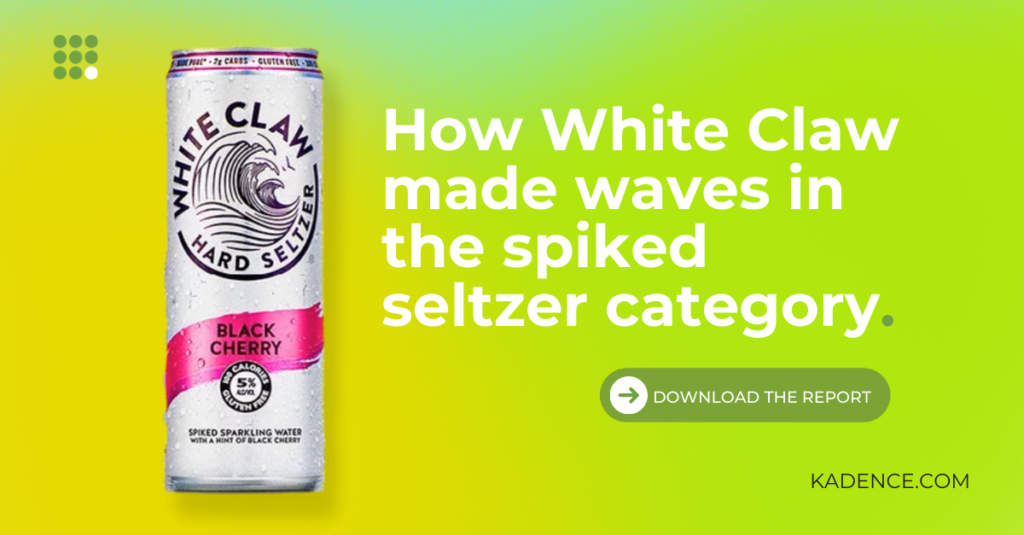
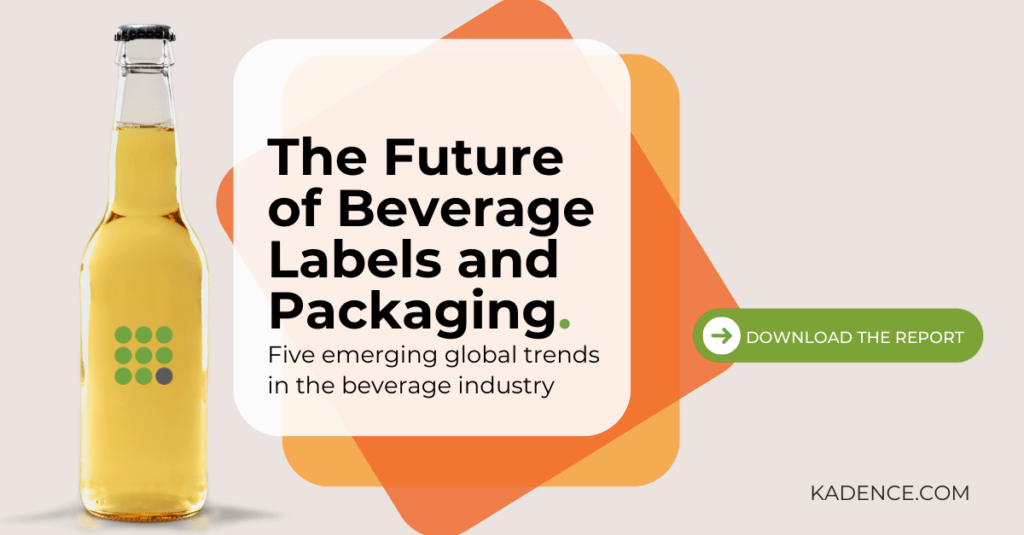

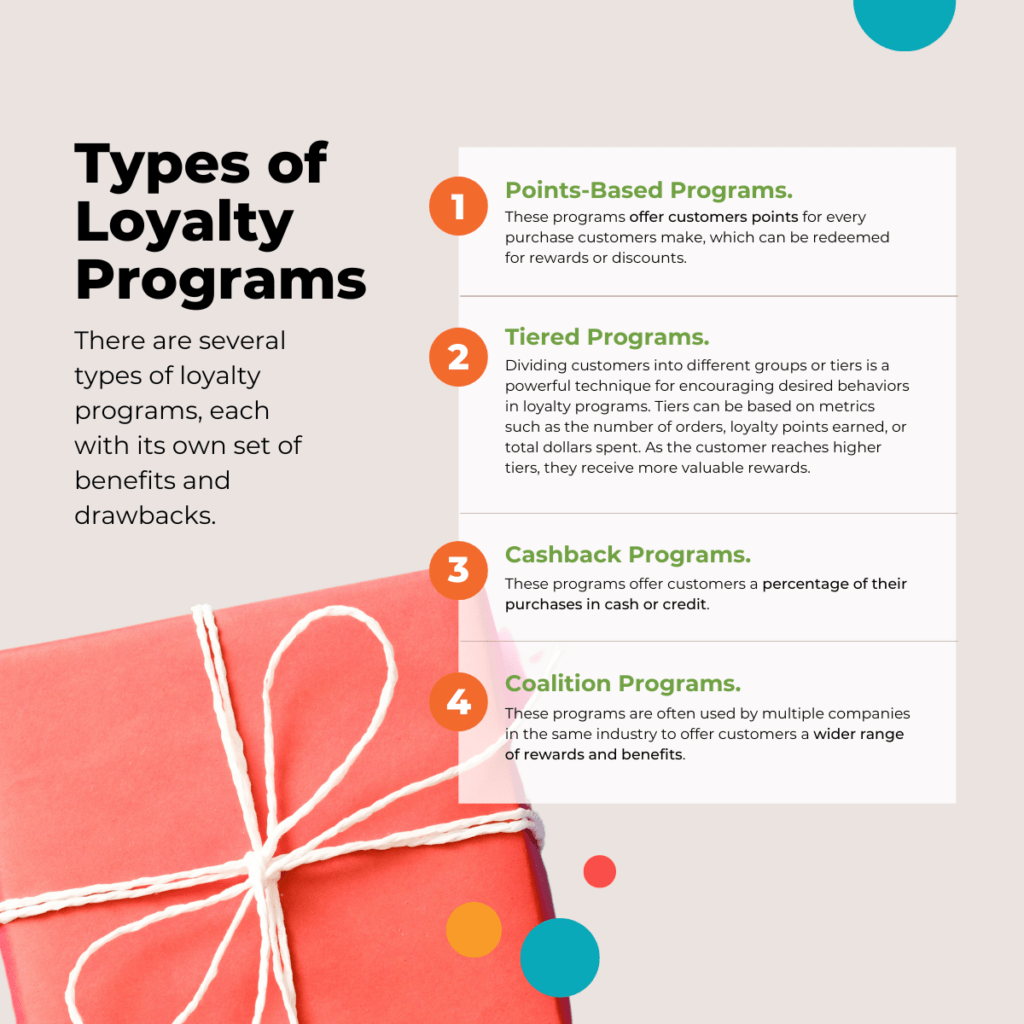
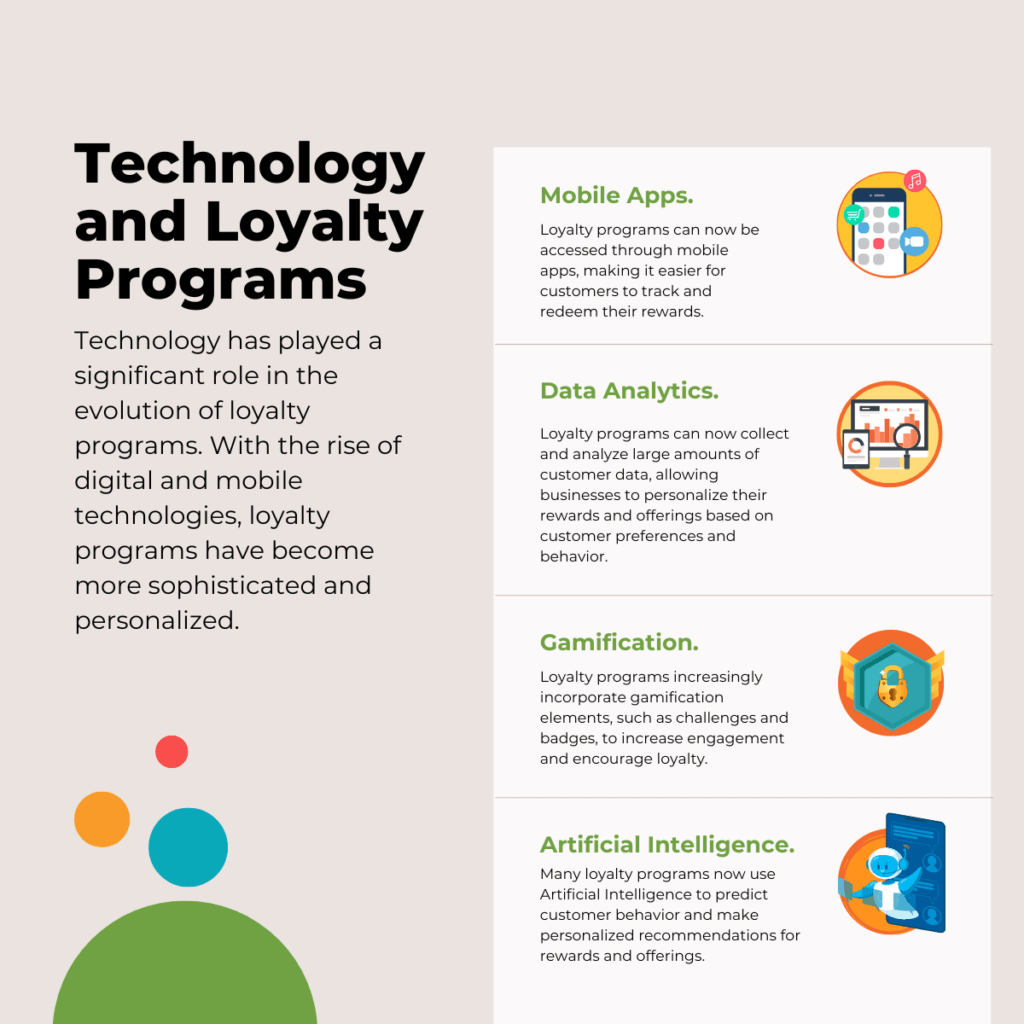
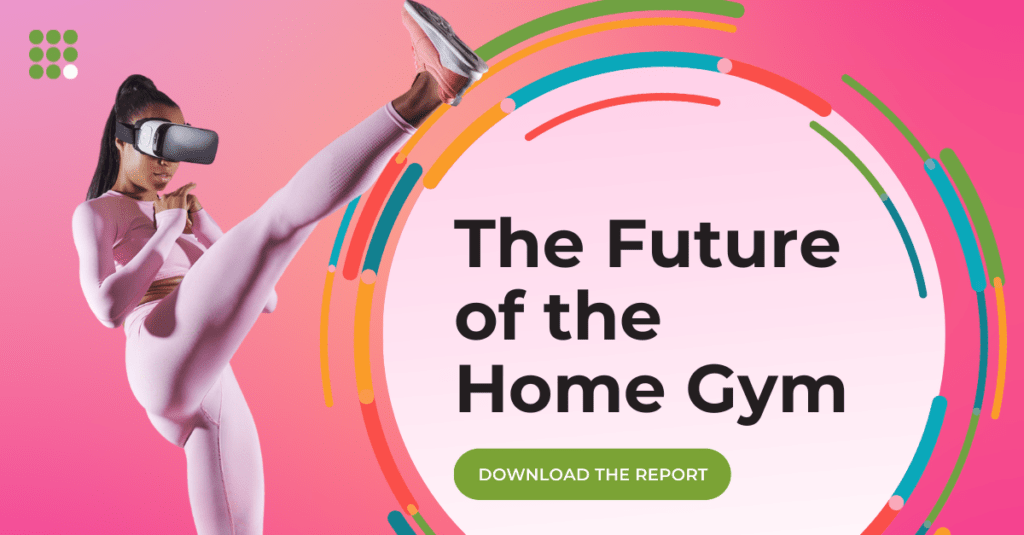


 Senior Marketing Executive
Senior Marketing Executive Sales & Marketing
Sales & Marketing General Manager PR -Internal Communications & Government Affairs
General Manager PR -Internal Communications & Government Affairs Vital Strategies
Vital Strategies
 Customer Intelligence Director
Customer Intelligence Director